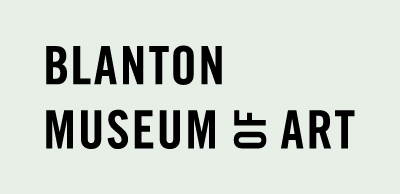A Monk and a Pope Reading
Primary
Unknown Milanese
NationalityMilanese, Italian, Europe
Place MadeMilan, Italy, Europe
Datelate 1480s
MediumPen and brown ink with brush and brown wash and white heightening over traces of black chalk on ochre prepared paper
DimensionsSheet: 4 7/16 × 7 5/16 in. (11.2 × 18.6 cm)
Credit LineBlanton Museum of Art, The University of Texas at Austin, The Suida-Manning Collection, 2017.852
Rights Statement
Collection AreaPrints and Drawings
Object number2017.852
On View
Not on viewThis is a very rare and telling example of late 15th-century Milanese drfatsman-ship. The figures’ simple geometry, complicated surfaces, implicit illusionism, inscrutable expression, and, not least, development almost exclusively through wash and extensive heightening are all characteristic of an indigenous tradition. That tradition carries from the late medieval model book -- and despite Leonardo da Vinci’s introduction of the Florentine system of draftsmanship -- through Bramantino and Gaudenzio Ferrari at the beginning of the 16th century to its self-conscious reassertion by the painter-theorist Giovan Paolo Lomazzo at its end. This drawing was previously attributed to Vincenzo Foppa, the first major figure of the modern Milanese school, but bears no particular relation to his work. Much more cognate are the eccentric description, agitated personalities, and specific morphology in Bernardo Butinone’s paintings of the 1480s. If the hooded, seemingly monochrome habits identify these monks as Franciscans, then the pope would be Sixtus IV (fl. 1471-84). Whether a preliminary design or more likely a record of a motif, perhaps for a library, the drawing must correspond to one of the many new Observant foundations of the time in Lombardy.
Exhibitions

















